-
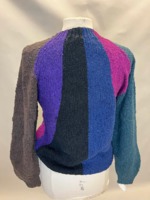
women's multi color blocked acrylic sweater, crew neck, long sleeves
-

Betsey Johnson Alley Cat cotton interlock knit, deep set arm's eye sundress
-

Cotton hooded Joseph Magnin Guinne Sax of California printed hopsacking, cotton with rickrack, metal zipper with closure zipper pull, tassel on hood
-
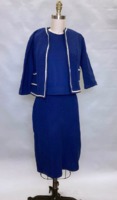
Boucle Knit Three Piece Suit
-

Velvet Purse
-
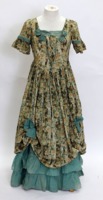
Green floral historical inspired costume
-
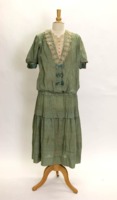
1920s sage green silk dress
-
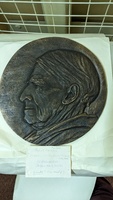
-

-
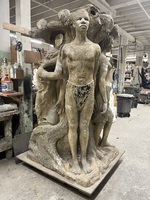
-

-

-

-
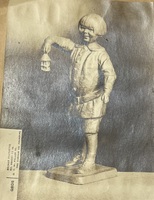
-
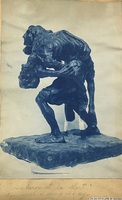
-
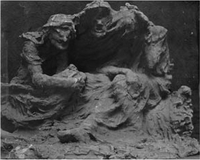
-
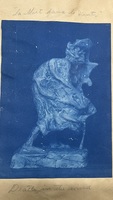
-

-
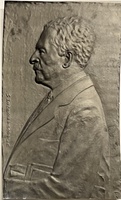
-

Final Project
-
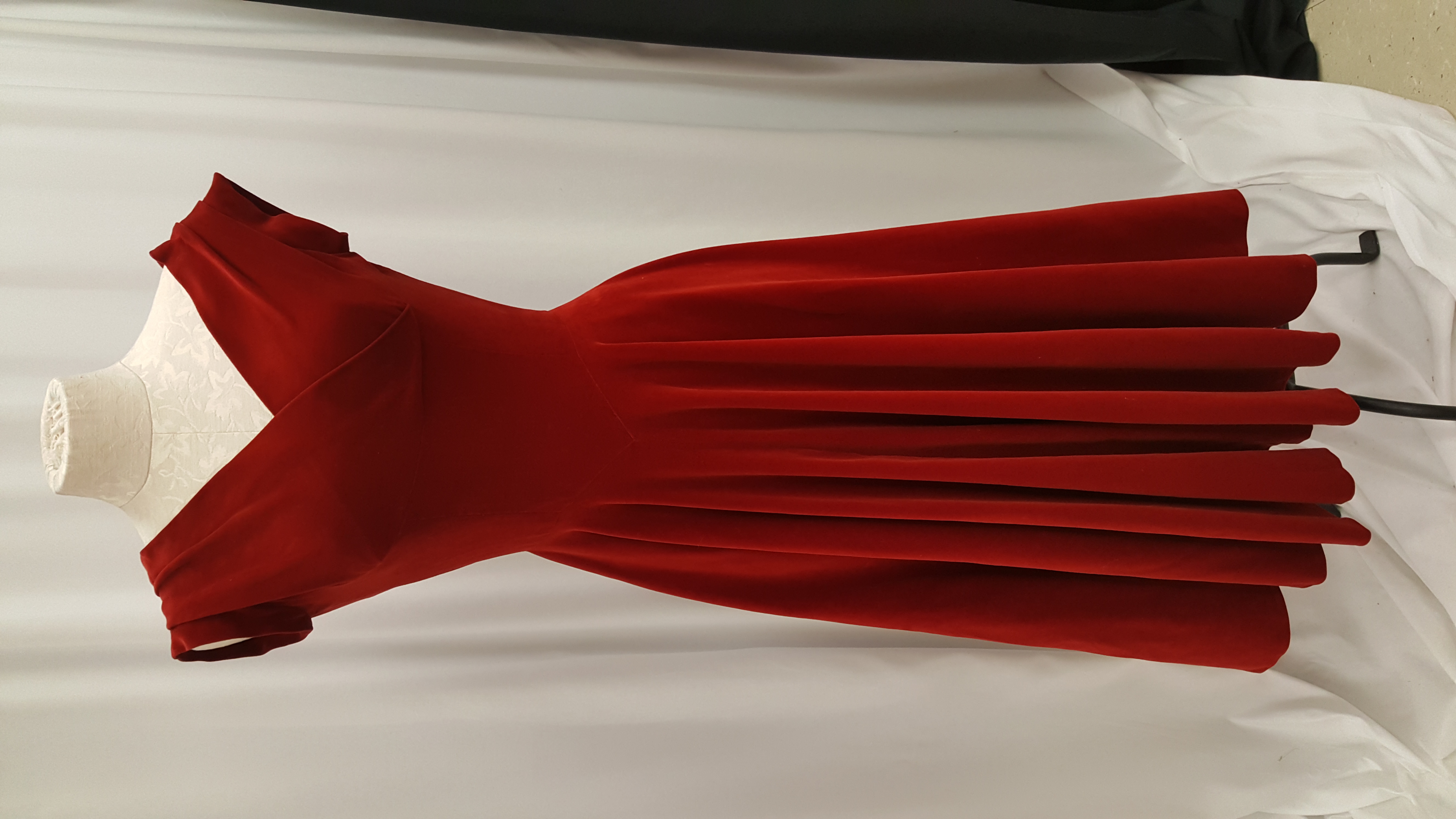
1950s red velvet bridesmaid dress, handmade professionally for a winter wedding, slight cap sleeve, off the shoulder, double V-neck, Basque waist detail sewn bodice, full skirt, bottom back-zip with hook and eye at top, Inside sewn-in tag reads "Harry Keiser"
-
Gold/camel colored dress. Bodice has gold metallic flowers 3/4 length sleeves, princess seams that go to armscye, bows at bottom of bodice, camel colored skirt-has interfacing inside, round neckline with bow. Pleated section covers back zipper
-
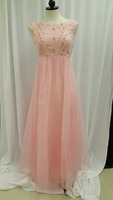
Pink dress, sheer layer over taffeta layer. Empire waist, flower embroidered on bodice in pink with green leaves. Sleeveless, bow in back, zipper down back with hook and eye at top
-
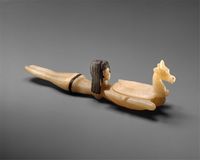
-

























